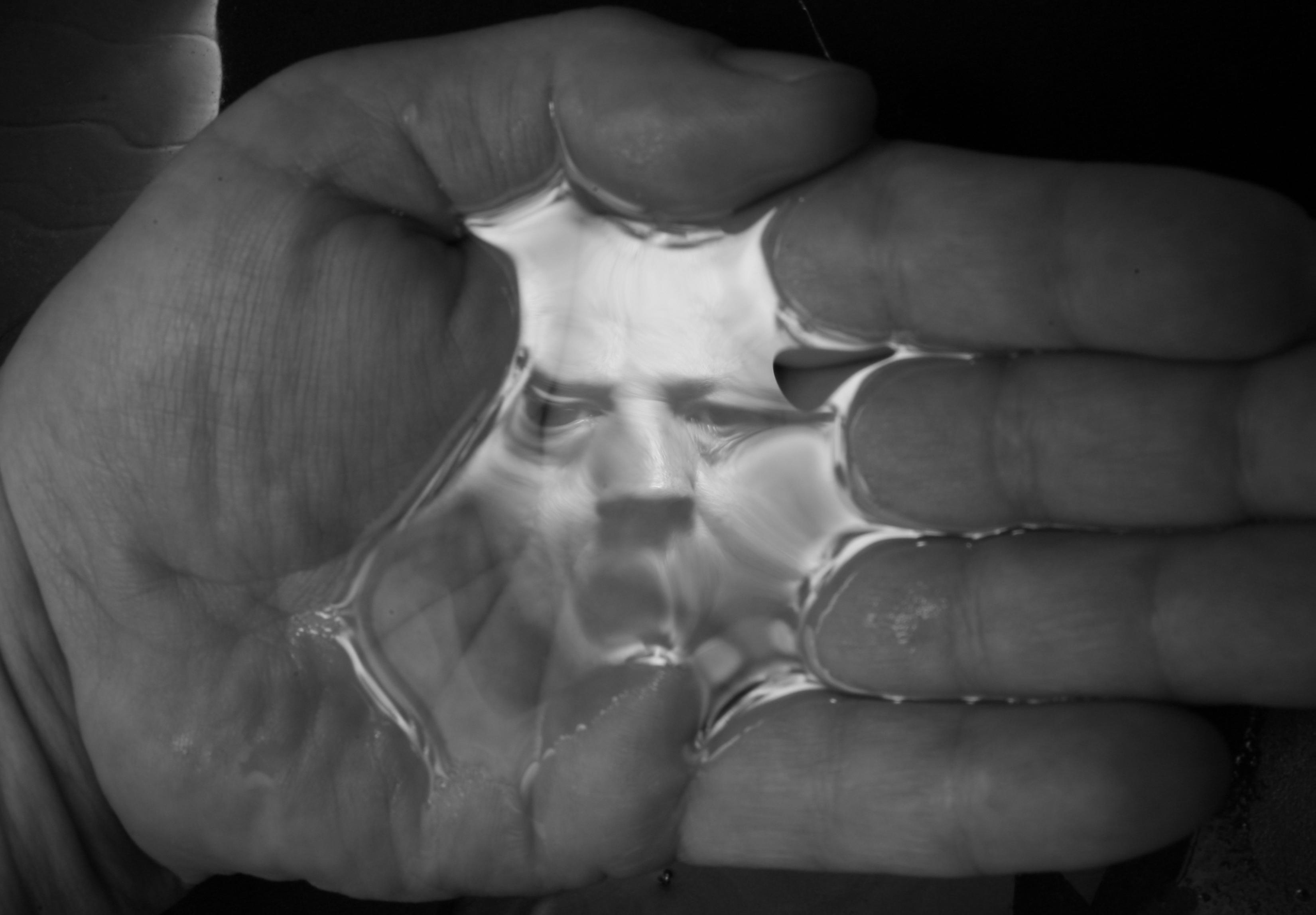The Matter of Photography in the Americas
Stanford, CA– The Matter of Photography in the Americas highlights groundbreaking works by artists from Latin America, the Caribbean, and Latino communities in the United States who cast a critical eye on photography as both an artistic medium and a means of communication. Working in the wake of digital photography and the explosion of images this new technology has unleashed, the artists ask important questions about how photographs shape our understanding of history, current events, and people, both close to home and far away.
Rather than documenting the world immediately around them, the artists in the exhibition approach photography from nontraditional points of view. The works on display–including prints, drawings, and sound installations–provide pointed social commentary and examine not just the technical development of photography but also the effects of its circulation in the global sphere in the 20th and 21st centuries.
Survey exhibitions of Latin American photography have typically concentrated on the representation of cultural and geographic differences. The Matter of Photography, by contrast, explores the work of artists who undermine any notion that photographs are transparent, truthful visual records. Instead, these artists probe the medium’s functions and effects, such as whether the proliferation of photographic images in our lives has sharpened or dulled our capacity for empathy and cross-cultural understanding.
Across-the-bay collaborators and co-curators, Jodi Roberts, Robert M. and Ruth L. Halperin Curator for Modern and Contemporary Art at the Cantor, and Associate Professor Natalia Brizuela, of the departments of Spanish & Portuguese and Film & Media at the University of California, Berkeley, observed that for decades Latin American and Latino artists have been leaders in using photography to engage with modern media and critique globalized economies. Among the artists included in the exhibition are Alfredo Jarr, Oscar Muñoz, Ana Mendieta, and Teresa Margolles.
Organized thematically, the exhibition includes sections on the news media as a leading purveyor of photographic imagery; ethnography and the ways in which photographs have been used to create particular (and often limited) conceptions of Latin America and its inhabitants; and the digitization of photography and the new questions this process raises about the machine-made versus the man-made, as well as the material nature of the photograph. A scholarly catalogue accompanies the exhibition.
This is exhibition is organized by the Cantor Arts Center. We gratefully acknowledge support from the Elizabeth K. Raymond Fund for Photography, the Bill and Jean Lane Fund, the Mark and Betsy Gates Fund for Photography, the Special Exhibitions Fund, and museum members.
The accompanying catalogue is made possible by the Mariposa Fund and the CAC Exhibitions, Loans, and Publications Fund.
Cantor Arts Center at Stanford University
Founded when the university opened in 1891, the museum was expanded and renamed in 1999 for lead donors Iris and B. Gerald Cantor. The Cantor’s collection spans 5,000 years and includes more than 38,000 works of art. Ranging from classical antiquities to contemporary works, the Cantor’s holdings include the largest collection of sculptures by renowned master Auguste Rodin in an American museum. With 24 galleries and more than 15 special exhibitions each year, the Cantor is one of the most visited university art museums in the country and is an established resource for teaching and research on campus. Free admission, tours, lectures, and family activities help the museum attract visitors from Stanford’s academic community, the San Francisco Bay Area, and from around the world.

